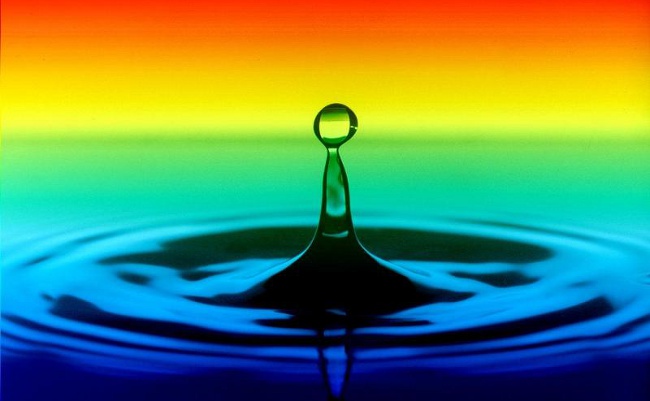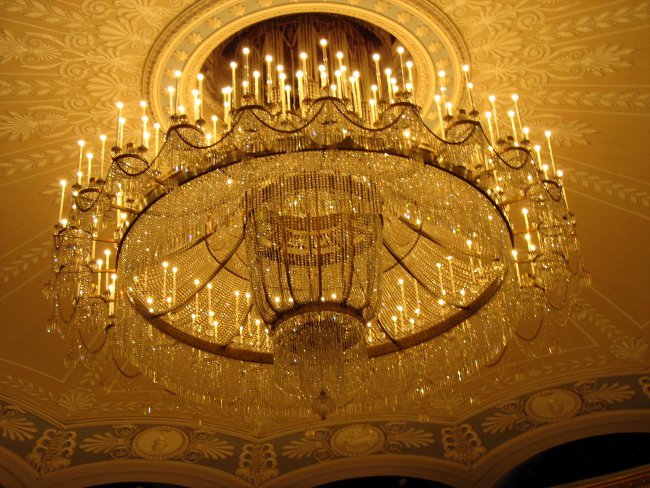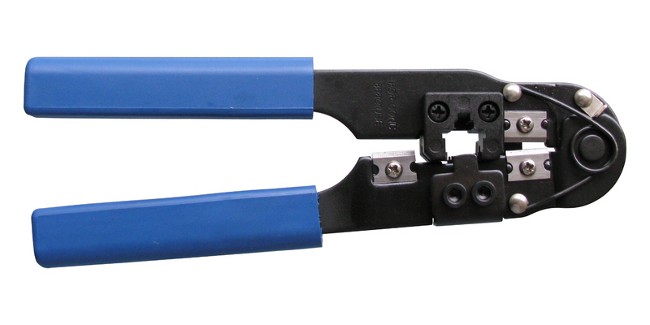Blue tea

If you are asked to introduce yourself blue tea, what picture will arise in your imagination? If you do not know what this type of tea is, you are sure to imagine a drink of the color of the sky or sea water. But in fact, the brewed blue tea has a completely familiar amber hue. Where did this strange name come from?
You probably know that the look, taste and aroma of teadepend on the degree of fermentation (oxidation) of the tea leaf. We have the most common two "polar" categories of tea: black tea is highly oxidized, green - poorly oxidized or not at all oxidized. But between these two extremes are other types of tea: white, yellow, puer, oolong (oolong). What place does blue tea take in this classification?
Blue tea refers to the highly fermented oolongs and, like all oolongs, has a distinctive taste that can not be confused with anything. The name "blue tea" combines several varieties of oolong with a strong degree of fermentation: Dong Fai Mei Ren, Feng Huang Dang Tsun, Da HongPao, Formosa Oolong. Note that the degree of fermentation of blue tea is considered strong for oolong tea, with all oolongs referring to medium fermented teas. Therefore, in blue tea, the degree of fermentation is still weaker than that of black tea.
These teas are called blue due to the color of the dried tea leaves: they really have a bluish or turquoise hue. A tea infusion will have quite the usual color. Blue tea is processed using special technology, which makes it very difficult to forge: authenticity is easily determined by the type of tea leaves and characteristic taste.
For the production of oolongs, mature leaves are collected fromadult tea bushes. First, the collected leaves half an hour or so wither in the sun, and then thickly laid in baskets and put in the shadow for fermentation. The peculiarity of oolongs is that the leaves are gently kneaded every hour and mixed, while ensuring that they remain intact. Therefore, the edges of the leaves are fermented more than the middle.
When the leaves reach the required degree of fermentation(for blue tea, it is about 60%), the leaves are dried at a temperature of 250-300 degrees. Usually drying is carried out in two stages. To begin with, the leaves are dried for several minutes, then they are twisted and then dried. After the drying is finished, the tea is ready, it remains to pack it and send it for sale.
How to determine the quality of blue tea? Quality oolong will always be whole leaf, inIt should not have dust, crumbs, broken leaves. If you brew a real blue tea, during the brewing the twisted leaves will unfold and you will see that the middle is green and the edges dark.
How to make blue tea? By the degree of fermentation, it is closer to black tea,than to green, and brew it accordingly. Blue tea is poured hot water (not boiling water, and the temperature is about 90 degrees) and insist about 3-5 minutes. The ratio of water and tea leaves can be the same as for ordinary black tea: one teaspoon of tea per person plus one spoon per teapot.
But under the name "blue tea" you can meet another drink, which in fact is not tea. Tourists often bring from Thailand the so-called Butterfly Pea Tea - tea from the clitoris triple (mothy peas). In fact, Thai blue tea - this is not tea at all, but a herb collection of leaves and flowers of the clitoris. Here it is just and it has a rich blue color when brewing.
To brew thai blue tea, you need 2-3 spoonfuls of collection pour a glass of hotwater (about 85-90 degrees) and insist about three minutes. Boiling water can not be used, unless you want to spoil the taste of tea. It is said that two small cups of blue tea a day will help improve eyesight and hair condition.
As you can see, under the mysterious name of "blue tea" there are two absolutely unlike each other drink. But now you are familiar with both and for nothing they will not be confused.














